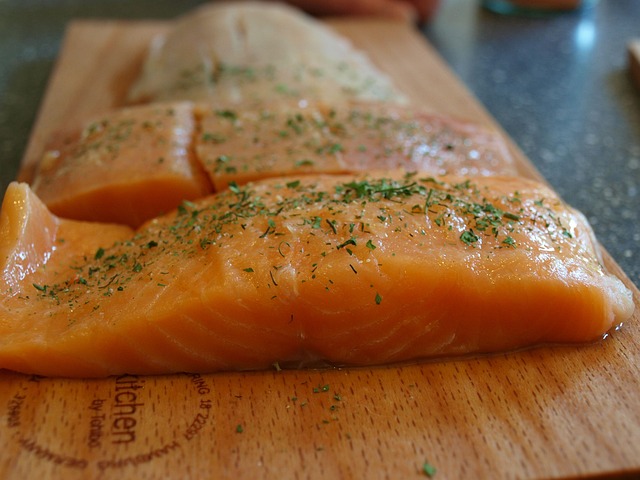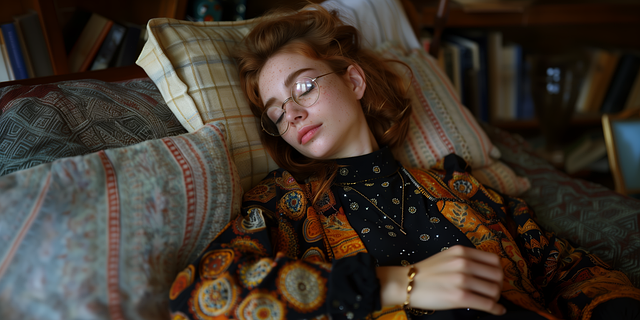
Flapjacks hold a special place in British baking traditions, evoking memories of cosy teatimes and hearty snacks. These chewy, oaty bars – not to be confused with American pancakes – are a staple in many households, prized for their simplicity and satisfying texture. Traditionally bound with golden syrup or sugar, flapjacks take on a new dimension when made with honey, offering a natural sweetness that’s both floral and nuanced. In this in-depth guide, we’ll explore a delectable honey flapjack recipe using Bee Marvellous English Honey, a premium raw honey sourced from the verdant landscapes of England. This honey not only enhances the flavour but also infuses the treats with natural goodness, making them a healthier alternative to refined sugar-laden versions. Whether you’re a novice baker or a seasoned pro, this recipe promises golden, gooey perfection every time.
The Allure of Honey in Baking
Honey has been used in baking for millennia, dating back to ancient civilisations where it was revered as ‘liquid gold’. Unlike processed sugars, honey brings moisture, depth of flavour, and a host of health benefits to your bakes. It’s hygroscopic, meaning it attracts and retains water, resulting in flapjacks that stay soft and chewy for longer. Nutritionally, honey provides antioxidants, enzymes, and trace minerals that support digestion and immunity – benefits that are amplified in raw varieties.
Enter Bee Marvellous English Honey: harvested from bees pollinating wildflowers, heather, and clover across England’s countryside, this honey boasts a rich, multifaceted taste with hints of floral notes and subtle earthiness. Its raw, unpasteurised form preserves vital enzymes and botanicals, making it ideal for health-conscious baking. By substituting traditional sweeteners with this honey, your flapjacks gain an artisanal edge – think caramelised edges with a tender centre, all underpinned by the pure essence of British beekeeping.
In flapjacks specifically, honey acts as a natural binder, melding oats, butter, and add-ins into a cohesive bar. It caramelises beautifully in the oven, creating a toffee-like crust without the need for artificial additives. Plus, for those watching their glycaemic index, honey’s natural sugars release more slowly than refined ones, offering sustained energy – perfect for on-the-go snacks or post-workout treats.
Ingredients for Honey Flapjacks
This recipe yields about 12-16 flapjacks, depending on how you cut them. We’ve kept it straightforward, focusing on quality ingredients to let the honey shine. Prep time: 10 minutes; Bake time: 20-25 minutes.
- 200g unsalted butter (or a plant-based alternative for vegan options)
- 150g Bee Marvellous English Honey (adjust to 180g for extra sweetness)
- 300g rolled oats (porridge oats work best for a chewy texture; use gluten-free if needed)
- 100g light brown sugar (optional, for added depth; reduce or omit for a purer honey flavour)
- A pinch of sea salt (enhances the natural flavours)
- Optional add-ins: 100g dried fruits like raisins, cranberries, or chopped apricots; 50g nuts such as almonds or walnuts, roughly chopped; a handful of seeds like pumpkin or sunflower for crunch; or dark chocolate chips for indulgence.
Bee Marvellous English Honey is the star here – its creamy consistency dissolves seamlessly, infusing every bite with authentic English terroir. If using infused varieties (e.g., with lavender or elderflower), they add subtle aromatic layers without overpowering the oats.
Step-by-Step Instructions
Creating these flapjacks is blissfully easy, requiring just one pan and a baking tin. Preheat your oven to 180°C (160°C fan)/Gas Mark 4, and line a 20cm x 20cm square tin with baking parchment for easy removal.
- Melt the Base: In a large saucepan over low heat, gently melt the butter, Bee Marvellous English Honey, and brown sugar (if using). Stir continuously with a wooden spoon until fully combined and bubbling slightly – about 5 minutes. The honey will foam a bit, releasing its floral aromas. Avoid high heat to prevent scorching, which could alter the honey’s delicate properties.
- Incorporate the Dry Ingredients: Remove the pan from the heat and stir in the rolled oats, salt, and any add-ins. Mix thoroughly until every oat is coated in the sticky honey mixture. The consistency should be thick and cohesive; if it seems too dry, add a tablespoon more honey.
- Press into the Tin: Spoon the mixture into your prepared tin, spreading it evenly. Use the back of a spoon or a potato masher to press it down firmly – this ensures the flapjacks hold together without crumbling. Aim for a uniform thickness of about 2cm for even baking.
- Bake to Perfection: Place in the preheated oven and bake for 20-25 minutes. The edges should turn golden brown, while the centre remains slightly soft (it will firm up as it cools). For chewier flapjacks, bake for 20 minutes; for crunchier ones, extend to 25. Keep an eye on them, as honey can caramelise quickly.
- Cool and Cut: Remove from the oven and let cool in the tin for 10 minutes, then transfer to a wire rack. Once completely cool (about 30 minutes), cut into squares or bars. Store in an airtight container for up to a week – though they’re unlikely to last that long!
Pro Tip: For an extra glossy finish, drizzle a little warmed Bee Marvellous English Honey over the top before cooling.
Variations and Customisations
Flapjacks are wonderfully adaptable, allowing you to tailor them to tastes or dietary needs:
- Vegan Version: Swap butter for coconut oil or vegan margarine, and ensure your add-ins are plant-based.
- Nutty Delight: Incorporate chopped hazelnuts and a dash of cinnamon for an autumnal twist.
- Fruity Boost: Mix in fresh berries before baking for bursts of tartness, or top with desiccated coconut for a tropical flair.
- Chocolate Indulgence: Stir in cocoa powder to the dry mix or melt dark chocolate over the cooled flapjacks.
- Health Kick: Add chia seeds or flaxseeds for omega-3s, making these a nutritious breakfast bar.
Experimenting with Bee Marvellous English Honey’s infused options can elevate these further – try rosemary-infused for a savoury note or ginger for a warming spice.
Nutritional Insights and Benefits
Each flapjack (based on 16 servings) approximates 200-250 calories, with wholesome carbs from oats providing sustained energy. Oats are rich in beta-glucan, a soluble fibre that supports heart health and stabilises blood sugar. Paired with Bee Marvellous English Honey’s antibacterial properties and antioxidants, these treats offer more than just taste – they can soothe sore throats, aid digestion, and provide a natural energy lift.
Compared to syrup-based flapjacks, honey versions have a lower glycaemic load and retain trace nutrients like potassium and iron. For athletes or busy families, they’re an ideal portable snack.
The Bee Marvellous Edge
Bee Marvellous English Honey isn’t just an ingredient; it’s a commitment to sustainability and quality. Sourced from ethical apiaries where bees thrive in natural habitats, this honey supports biodiversity and local ecosystems. Its raw processing preserves pollen, propolis, and enzymes often lost in commercial honeys, ensuring your flapjacks are as beneficial as they are delicious. By choosing Bee Marvellous, you’re investing in British heritage and pure, unadulterated flavour.
In conclusion, this honey flapjack recipe transforms simple pantry staples into a delightful treat that’s nourishing, versatile, and irresistibly moreish. Featuring Bee Marvellous English Honey, it celebrates the best of nature’s sweetness. Whether enjoyed with a cuppa or packed for picnics, these flapjacks are sure to become a favourite. Bake a batch today and savour the golden goodness!









